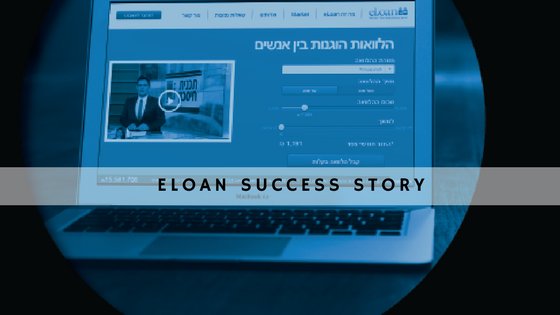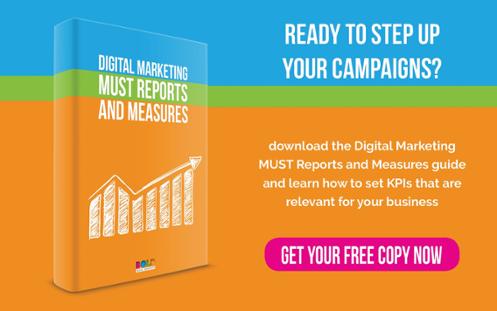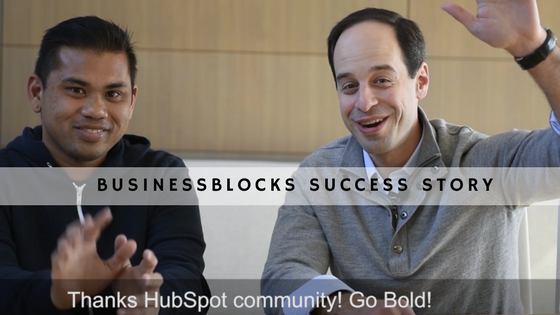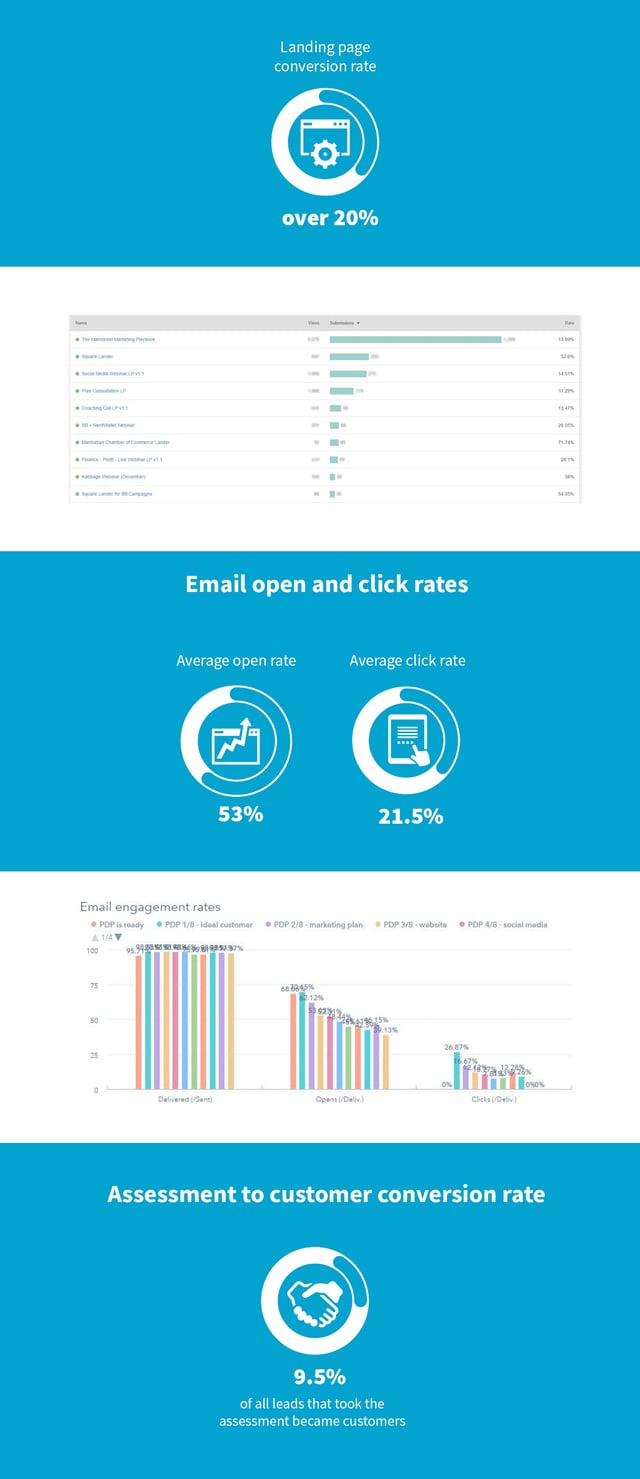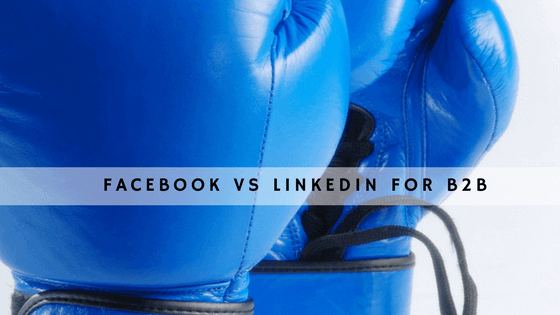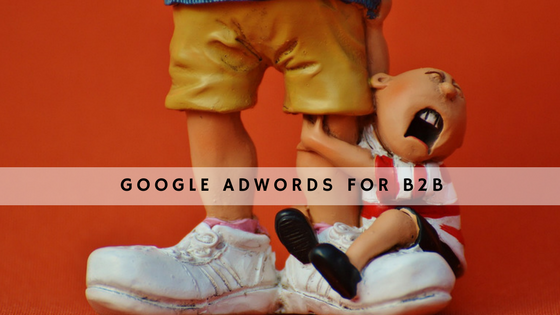John Doe
Architect & Engineer
We love that guy
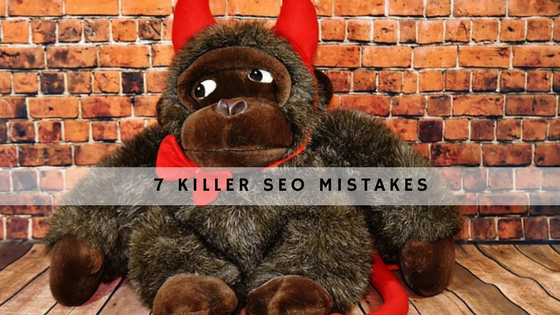
Introduction – The 7 simple SEO mistakes
High-quality, informative content is one of the most important success factors in B2B marketing.
In fact, research shows that 89% of B2B marketers are using content as a main channel in their marketing strategy. With that said, just 19% rate their organization’s efforts as successful and only 41% are clear on what an effective or successful content marketing strategy even looks like.
Though there is indeed an impressive growth in the use of content as an essential tool in their marketing strategy, B2B companies and marketers are still making SEO mistakes that are simply killing their content quality and marketing efforts. This post will teach you the core SEO mistakes that are killing your content strategy.
SEO and B2B Content Marketing
The B2B space has its own unique requirements and considerations, and it differs from B2C in some core aspects:
- Product/Service Value
Most B2B products/services usually cost more than B2C products (a pair of jeans profit potential in most cases is up to about $100 while a SaaS (Software As A Service) solution can be $1000 a month).
- Decision Makers
In B2C, it’s usually a single shopper who makes the purchase decision. In a B2B company, there are various decision makers involved.
- Buyer’s Journey/Buying Cycle
For both B2B and B2C, the buyer’s journey usually goes as follows:
- Awareness Stage: Problem or need identification.
- Consideration Stage: Possible solutions research, comparing between the different products available.
- Decision Stage: Reaching a decision and making the purchase
A B2B content marketing strategy usually deals with many sets of keywords and search terms to target buyer personas who are decision makers at the different stages of their buyer’s journey.
Search engines are a great way to get in front of these prospects at earlier stages of their research process, but all too often, marketers themselves are the reason search engines hold your content back from prominent positions in their search results pages (SERPs).

Although they are usually treated separately, content marketing and SEO goes together like cereals and milk. SEO is all about keywords, backlinks and great onsite optimization.
The best way to get backlinks is by publishing killer content, and letting the masses link back to it.
Now that we’ve established the connection between B2B content marketing and SEO, we can start laying down the SEO mistakes that are killing your content marketing strategy:
- Creating short content: Google loves long, in depth, informative content that satisfies the searchers needs. Generally, the more in-depth the content is, the more likely it solves the searcher’s intent or question. As opposed to that, what Google hates the most is when searchers click a link on a SERP, sees that it’s not what they were looking for, and immediately bounces off by hitting the back button – this is called Pogo Sticking.

This doesn’t mean you should be writing long for the sake of long (it also doesn’t grant you permission to be boring or paste large batches of text that are unscannable and tiring, but more on that later on). Do however make sure your content is comprehensive enough to answer searchers’ questions. A good strategy would be to determine the main keyword phrase and google it, to see how long the content in the 3 top SERPs is and make sure yours is longer, more concise and more in-depth. Make sure to add something to that content that others didn’t to make it more valuable to the readers (and the search engines).
2.Using too long paragraphs: Without refuting the above, a good way to lose your reader’s attention, is using long paragraphs. Most people SCAN, not read. Short paragraphs encourage reading by being easier on the eyes and are easier to understand.
3.Not making content breaks: In the age of smartphones, the average reader’s attention span became even shorter than that of a goldfish. The importance of recapturing the reader’s attention continuously throughout an article became even bigger. Breaking up the text, using subheads, lists and images, will help you keep the readers on the page (and get noticed by search engines).

4.Misspellings in content: According to Google’s Matt Cutts, while misspellings are not used as a direct signal in Google’s (over 200 different) rating factors, “reputable sites does tend to spell better than sites with low page rank”. While probably not hurting your ranking, misspellings sure can hurt your credibility in the eyes of the readers and chances of getting linked to.
5.Not doing optimization: Your content is part of your website. Like the latter, every single piece of content should be optimized both for search engines and readers. You can, and should, optimize your content’s meta information like you do for your site. Write unique meta titles and descriptions for each of your content. Same goes for optimizing images and using CTAs. This will increase visibility on SERP and shareability on social networks.
6.Not creating outbound links: The most unfortunate misconception in the SEO industry, is that a page/site will lose Authority/Page Rank/Trust if directing users to external sites with outbound links, this is utter BS. If your content is only “me talking” and does not link to other content, why would readers and search engines find it credible and authoritative enough to link to you (and rank you higher)? Content that is more well-researched usually cite sources by linking to it. Google also recognizes this as a signal for that site/page credibility and users will more likely trust and share (and link to) this content.
7.Not promoting your content: Your content being better than anyone else’s doesn’t mean it will instantly go viral and reach No. 1 ranking on SERPs. Though it’s a more cost-effective way of promoting your content, a great (white hat) SEO strategy takes time. Today, marketers can’t afford to neglect any type of owned, paid or earned media in their strategy. Combining the three will help you attract, convert, nurture and close leads. Find what mix works for you by focusing on your overall marketing goals. Each goal will require a different combination of media, finding the right mix and constantly evaluating and measuring it against set KPIs will help you reach your marketing goals.
Conclusion
Ensure your content marketing success by applying these SEO techniques in its implementation. Implementing these techniques properly will lower your marketing costs and help boost the results of your content marketing efforts.
If you found this useful, it might interest you to learn how to leverage your marketing efforts by implementing and inbound marketing strategy. Download our How to create an effective inbound marketing strategy guide and learn all about it. Get your FREE copy ==>


